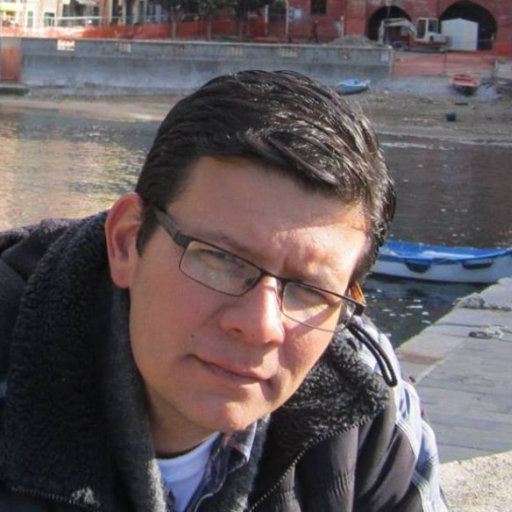Planeación de la capacidad hospitalaria: un enfoque desde el flujo de pacientes con Dinámica de Sistemas
Published in Inge CUC, 2020
Recommended citation: Duarte-Forero, E., & Camacho-Oliveros, M. (2020). Planeación de la capacidad hospitalaria: un enfoque desde el flujo de pacientes con Dinámica de Sistemas. INGE CUC, 16(1). https://doi.org/10.17981/ingecuc.16.1.2020.16 https://revistascientificas.cuc.edu.co/ingecuc/article/view/2651
Introduction: An adequate Resource management strategy influences significantly on Quality of service in hospitals. New technologies in healthcare, population ageing and lack of founding drive to continuous improvements in hospitals’ capacity management in order to achieve a better performance of itself.
Objective: To develop tools that may allow a deeper understanding of those drivers that influence global hospital efficiency (bed turnover, bed occupancy, length of stay) from the point of view of patients flow.
Method: A research based on Systems Dynamics was developed at a high complexity public hospital, emphasizing in the perspective of patients flow, the definition of parameters that influence capacity and the measurement of the impact of improvement strategies in global efficiency indicators. The study of strategies was based on Analysis of Variance and Principal component analysis (PCA).
Results: Bed occupancy showed higher sensibility than other Key Performance Indicators (KPI) after the implementation of policies regarding the use of beds and the reduction of waiting times. Bed turnover was the KPI with the fastest reaction after new policies implementation. Improvement in medical staff capacity at Emergency Rooms did not display significative impacts in patients flow nor global hospital efficiency. Conclusions: Continuous simulation and PCA worked together to brought functional tools for capacity planning in middle and long terms. Investments should be dedicated to reduction of wasting through methodologies such as Lean Healthcare, rather than increasing installed capacity.
